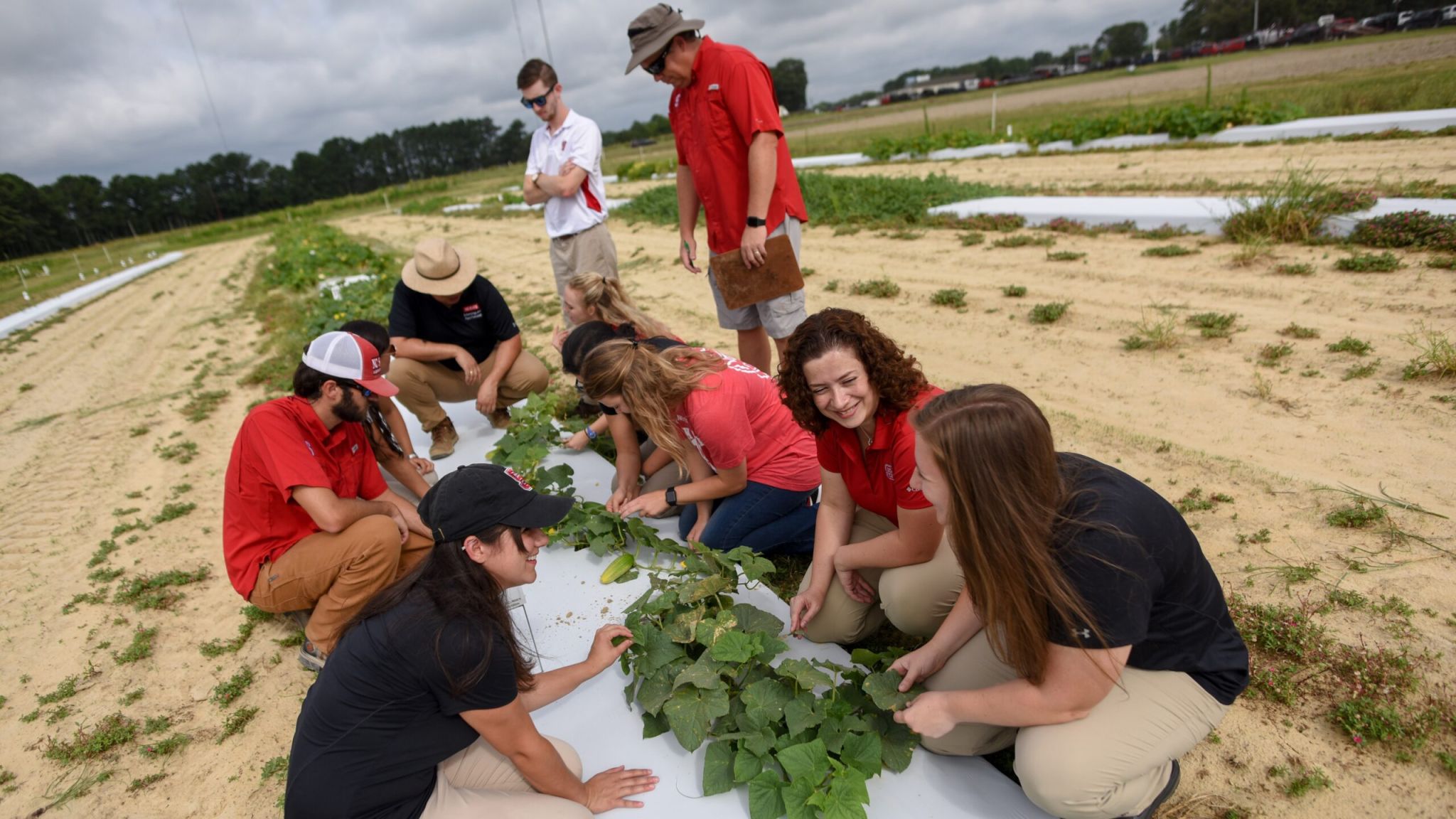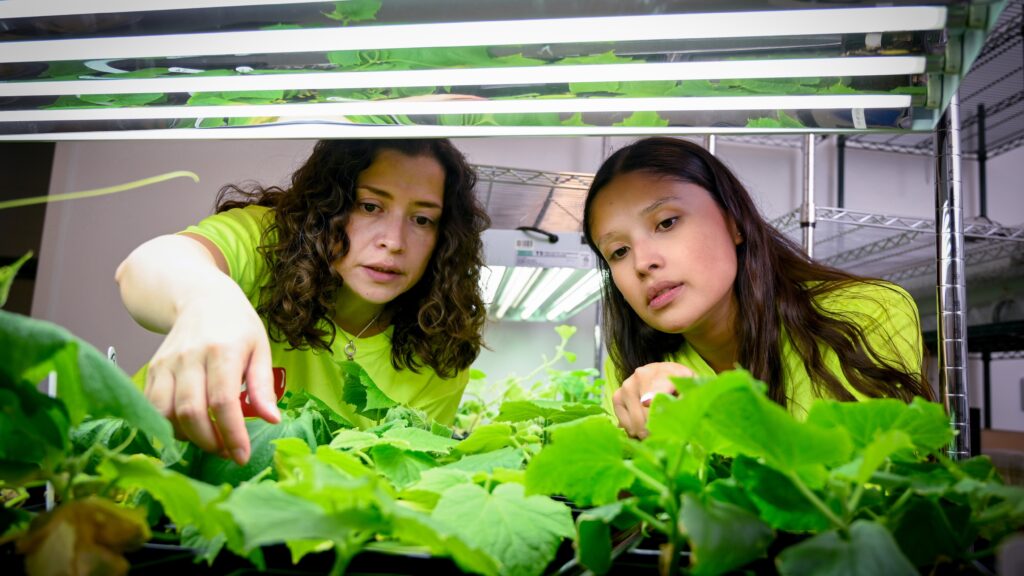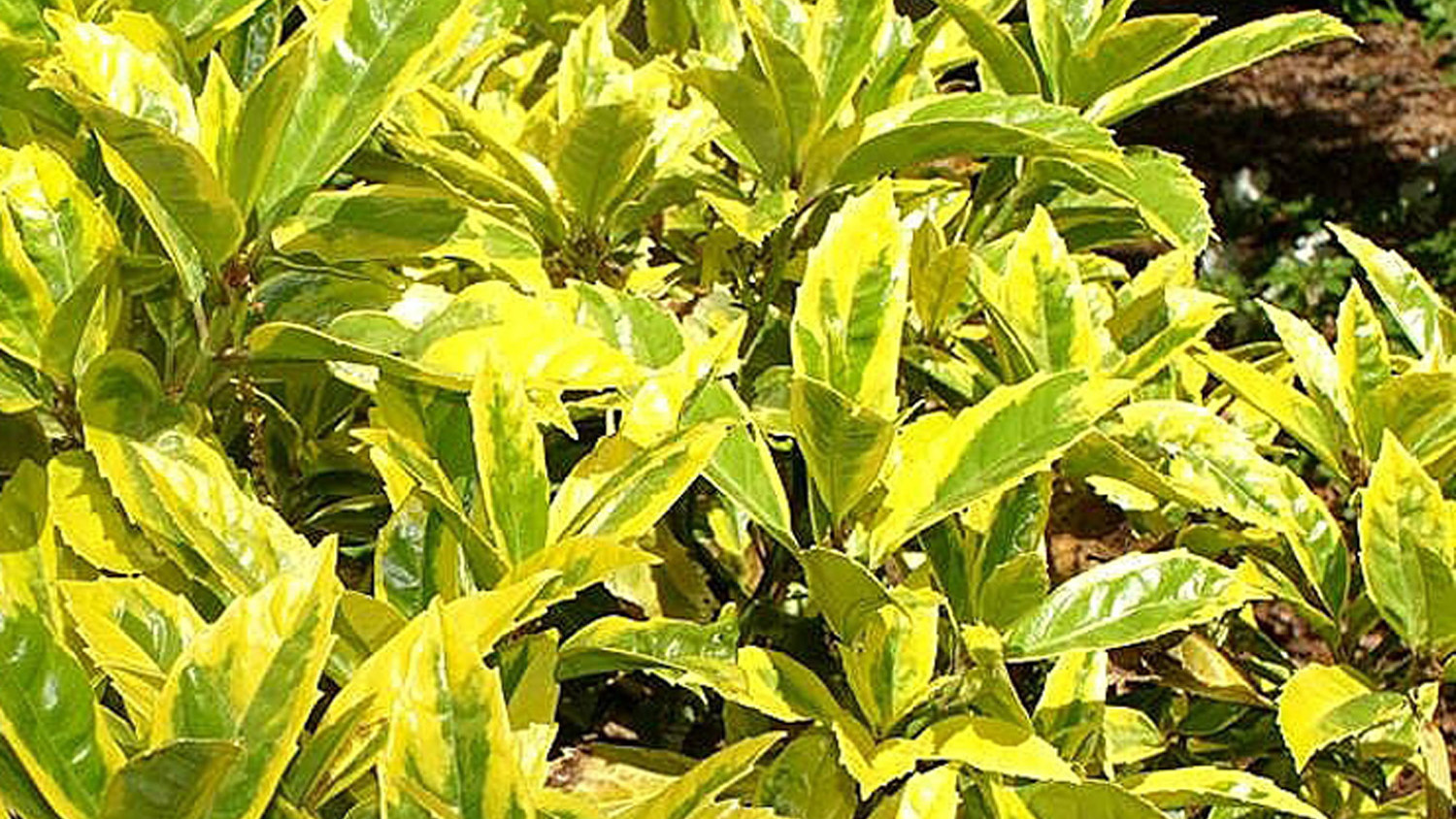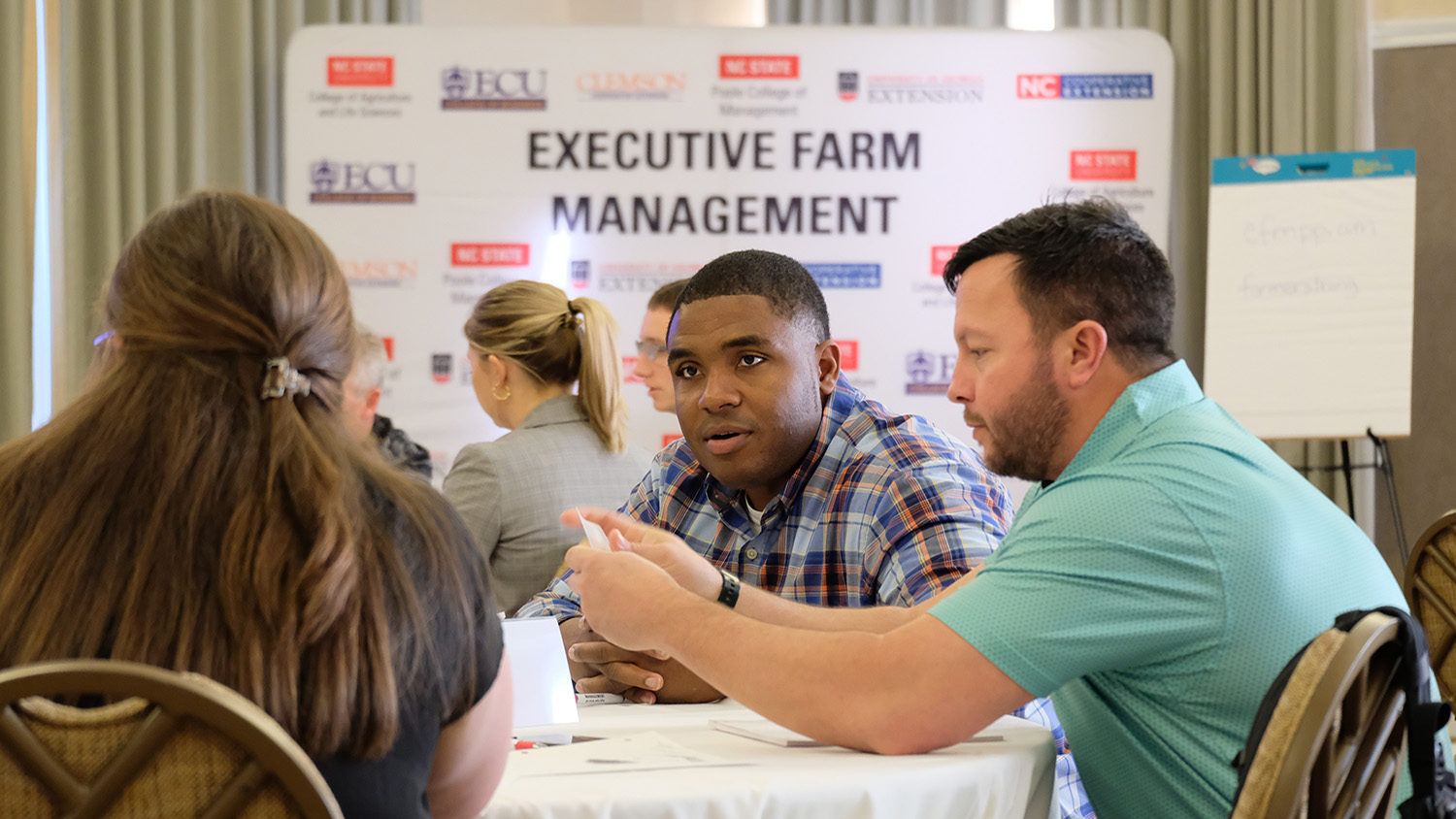The ‘Spider Sniffer’: When Farmers and Faculty Unite
For Lina Quesada-Ocampo, incorporating farmers into the scientific process is essential for success.

What if the people you were most interested in helping decided to voluntarily give you the funds needed to do just that?
Lina Quesada-Ocampo, lead of the North Carolina State University Vegetable Pathology Lab, was on the receiving end of such generosity last year when various growers, packers and producers of cucumber, watermelon and sweetpotato established the Vegetable Pathology Support Endowment through Pickle Packers International, Inc. The fund continues to receive contributions from enthusiastic members of the agricultural community and now consists of over $270,000 in donations.
Something immediately obvious about Quesada-Ocampo is her approachability – as a person and as a scientist. Growers across the state know they have a scientist in their corner, working to address their biggest issues with applicable solutions. They know she is a phone call away, and Quesada-Ocampo knows many of them would pick up if she called with a question or harebrained idea.

It’s precisely because of Quesada-Ocampo’s ability to break down these barriers that growers trust her to conduct research in their best interests. While establishing an endowment is a rare but meaningful outcome, farmers’ feedback is always instrumental in improving research outcomes that directly impact their work.
Even though Quesada-Ocampo finds these interactions easy and rewarding, she understands other faculty members may be intimidated or hesitant to integrate farmers directly into their process of scientific discovery. But, she says, it’s really important that they try.
“What I would tell fellow scientists is to remember that [growers] are just people; they’re like your next-door neighbors, literally. All they’re trying to do is provide for their families, be happy, work hard during the week so they can hopefully rest on the weekend, send their kids to school, and put food on the table. It’s the same as all of us whether we have an acronym after our name or not,” Quesada-Ocampo says.
Understanding that growers are busy – and verbalizing that understanding to them – is also very important for establishing a necessary level of respect.
“If you’re not going to save them or make them money, don’t call them. These are business people. They are very smart, very savvy business people,” Quesada-Ocampo says.

Genuinely utilizing growers and packers as resources for understanding areas of which researchers have very little knowledge will only improve the scientific results and applicable recommendations that come from them.
When Quesada-Ocampo asked various cucurbit growers what their greatest concern was a couple of years ago, they expressed their need for better solutions to downy mildew. What might sound like a simple problem with a straightforward solution has catapulted a multidisciplinary research project of interest to investors and farmers alike that hardly resembles what anyone envisioned when the initial question was asked.
What began as a novel research finding in and of itself – that downy mildew has two host-specific isolates that don’t always appear at the same time and that have different levels of sensitivity to fungicides – led to targeted fungicide application recommendations that would allow farmers to reduce fungicide dependence and crop loss, saving them time and money. Great, job well done, right? Not for Quesada-Ocampo.
Through conversations with cucurbit growers, Quesada-Ocampo realized that for farmers to carry out these targeted recommendations, they needed to be able to measure the presence of downy mildew in their field by crop and by isolate type.

She set out to develop a fungicide detection system for deployment in the field. Initially, Quesada-Ocampo and her team created stationary spore traps that monitored the presence of the fungicide on a one-acre test plot. But when thinking about farmers using this technology in their production systems, she had some phone calls to make.
“I absolutely always have a conversation with the growers because you can come up with some really cool stuff, but if it’s not scalable to what they are doing, it’s a waste of time,” Quesada-Ocampo says.
Scaling a sensor from one acre to 300 acres is not as simple as multiplying the number of sensors in the field by 300. By talking to growers about the adaptability of this technology to their production systems, they said checking and changing hundreds of sensors throughout their fields every week was essentially a non-starter.
“You have to be okay hearing what they have to say because they may tell you, ‘Honestly, this is not going to work.’ They have told me that sometimes and because I’m super excited about a project, my feelings are crushed. But I’m like, ‘Okay, let’s move on to the next idea,’” Quesada-Ocampo says.
As an alternative, one of the farmers Quesada-Ocampo spoke with suggested a drone, which Quesada-Ocampo estimated could cover a 600-acre farm in 20 minutes. The drone idea then led to Quesada-Ocampo and fellow N.C. PSI faculty member Lirong Xiang from the Department of Biological and Agricultural Engineering to brainstorm other forms a sensor could take.

Quesada-Ocampo’s vision of creating a spider that maneuvers throughout the field, vacuuming the air for mildew spores along the way soon became a prototypical reality with help from Lirong. The “Spider Sniffer” will undergo field trials next year and has already received interest from investors and startups, all sparked by Quesada-Ocampo asking farmers what would and wouldn’t work for them.
Quesada-Ocampo says conducting scientific research in this way requires creating space to communicate with people – and it’s a part of her job she truly loves. “Even though I love the geeky science-y part of genetics and all that, I really like the people part. I really like helping people fix problems on their farm,” Quesada-Ocampo says.


